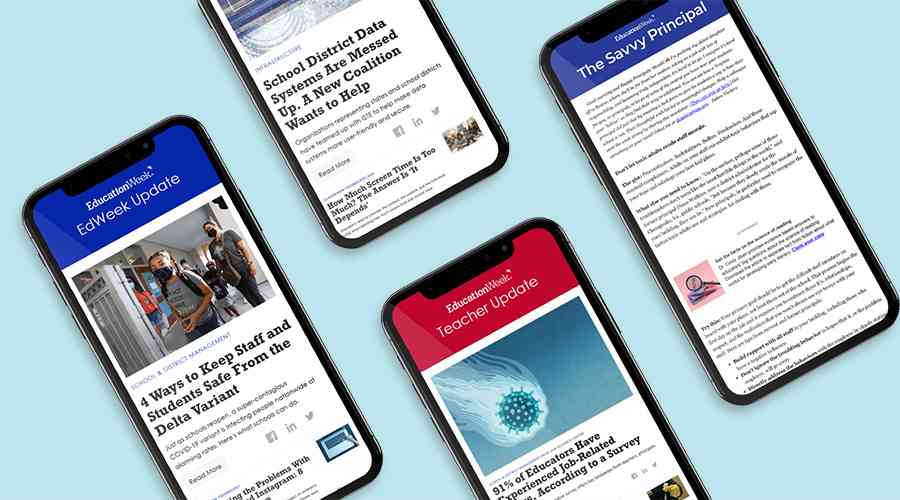
NEWS media professionals often toss around the phrases “digital first” and “audience centric” to describe the new business models for media companies, but the ultimate goal of these approaches is often misunderstood.
With every published piece of content, there ideally must be a sense of achievement for the audience in the form of an intellectual, monetary or emotional benefit.
If this happens with enough stories, readers and users buy or renew subscriptions or even expand their consumption to the brand’s other products.
But reaching this goal is still being hindered by an entrenched devotion in many newsrooms to print newspaper-driven processes and practices.
This misplaced commitment can be the result of “doing what you know” and a natural and understandable hesitation to change.
After all, print continues to be a profit generator in many markets.
Some of this response is the result of technology driving the workflow: Print-optimised processes and systems are costly to replace, so digital solutions are “bolted on” to existing systems. While lowering costs, it also limits digital development and is, inevitably, a compromise.
Even if digitisation is well advanced in many editorial offices, the print product still accounts for legacy practices that may no longer be justified based on print’s contribution to the growth and sustainability of the business.
- Out & about: Willmore plays up The Sparrows
- Out & about: Dumisani echoes African tales
- Out & about: Willmore plays up The Sparrows
- Out & about: Dumisani echoes African tales
Keep Reading
And even if print still contributes substantially to revenues, its place in the workflow inevitably must change if performance is to improve and digital revenue is to grow.
In many newsrooms, content is produced for print and later transferred to digital.
This is true even if the content management system is “media neutral” or even “digital.”
It is still difficult for many editorial offices to think and act completely independently of print, which is not surprising.
Even today, there is still the widespread concern of “cannibalisation” — that the quality of and revenue produced by the print product will suffer from digitisation, despite evidence that print decline and digital growth stems from audience behaviour and not the digital response to their desires.
Audiences aren’t interested in questions of revenue or platform issues: They simply want their news and information when they want it, in the format they prefer. Today, that format is primarily digital.
Another stumbling block is the “layout-driven workflow,” which was introduced for efficiency more than 20 years ago, but is limiting digital development today.
Providing uncompromising templates that need to be filled out in specific ways creates restrictions that almost always damages the story.
A template that holds strict length specifications, for example, may leave readers with questions, as a story needing more space is not fully told.
Likewise, the story may run out of air and the allotted space is filled with repetitive information and irrelevant details.
Customers — especially digital customers — often with little patience, notice the loss of quality and satisfaction resulting from a cookie-cutter design.
Digital storytelling can only thrive if the print corset is removed. The content and its impact must be the focus for the (paying) readership.
A well-told story at the right scale works in both digital and print. But the story must drive the layout, not the other way around.
Media companies that want to actively shape their future must become more relevant and interesting for future target groups. And these target groups are certainly digital.
We meet again next week!
Dietmar Schantin is a digital media strategist and has helped to transform the editorial and commercial operations of media brands around the world.










